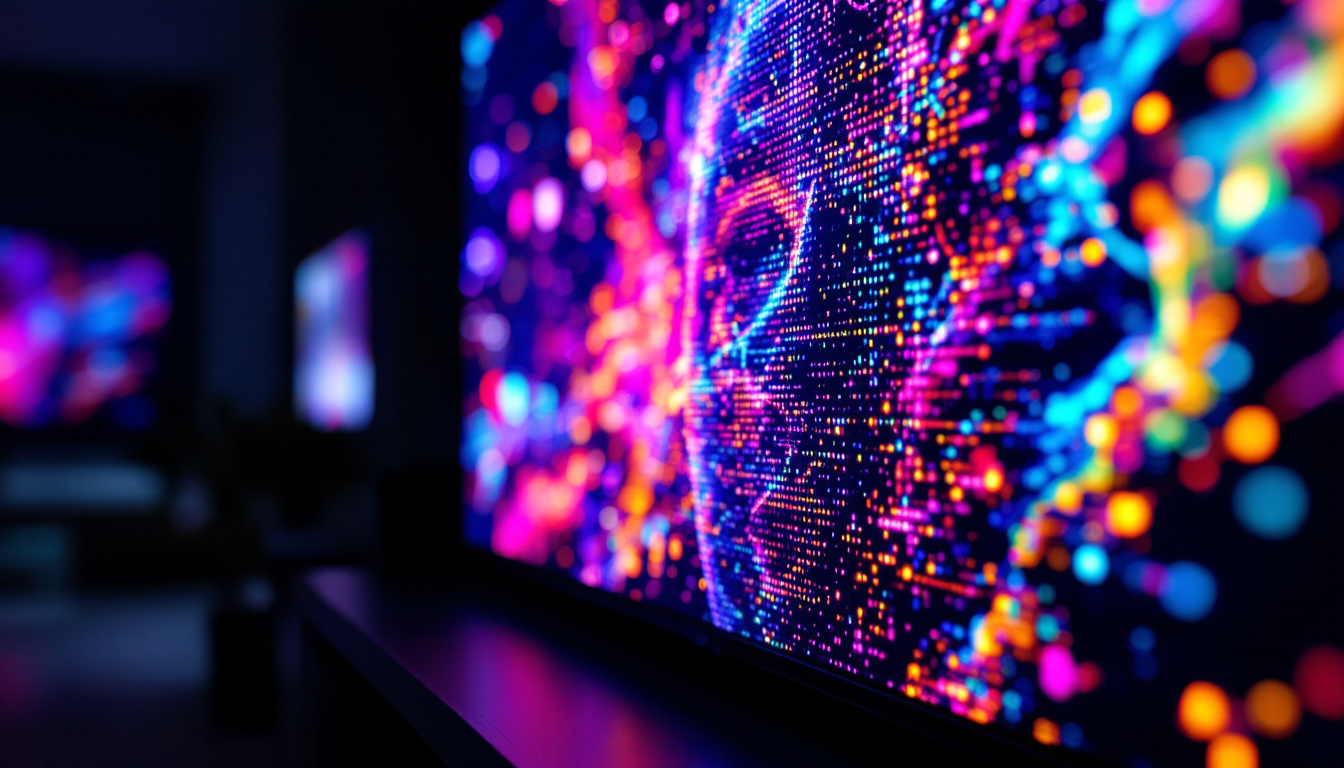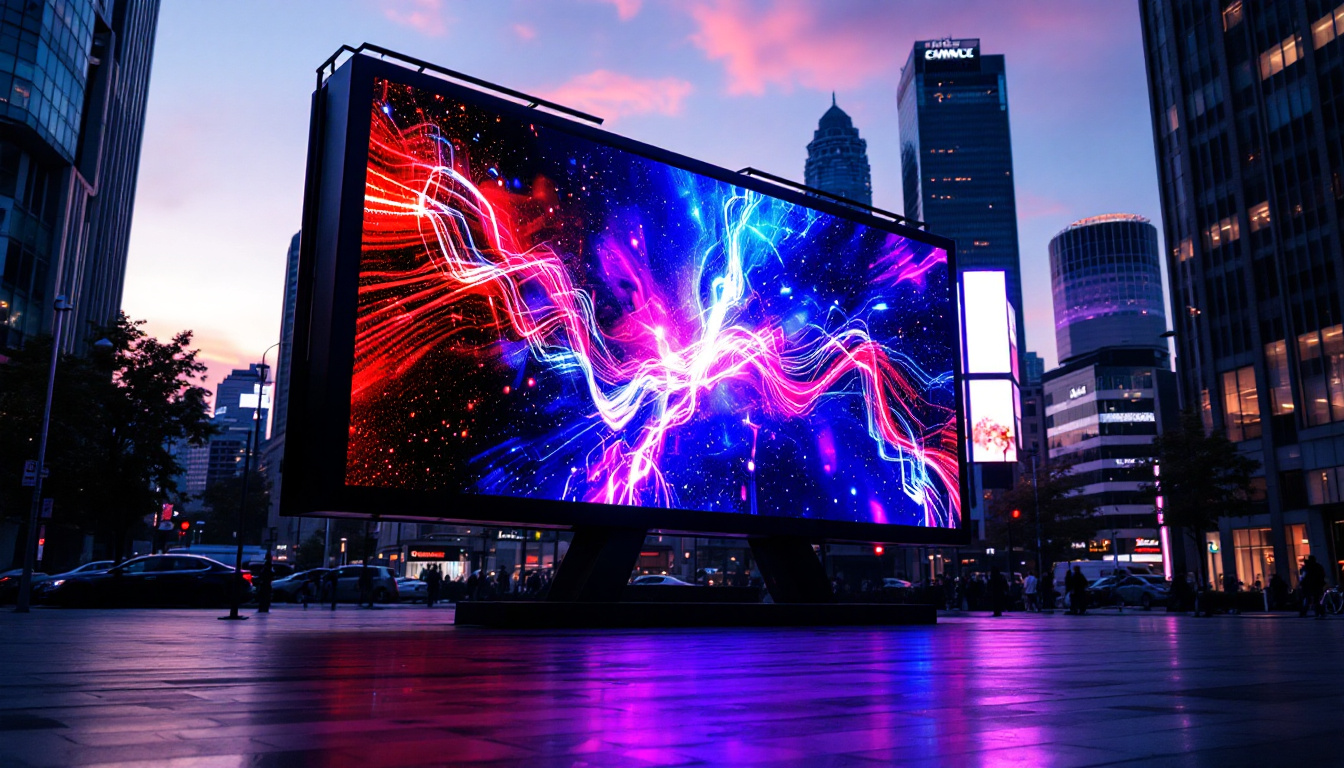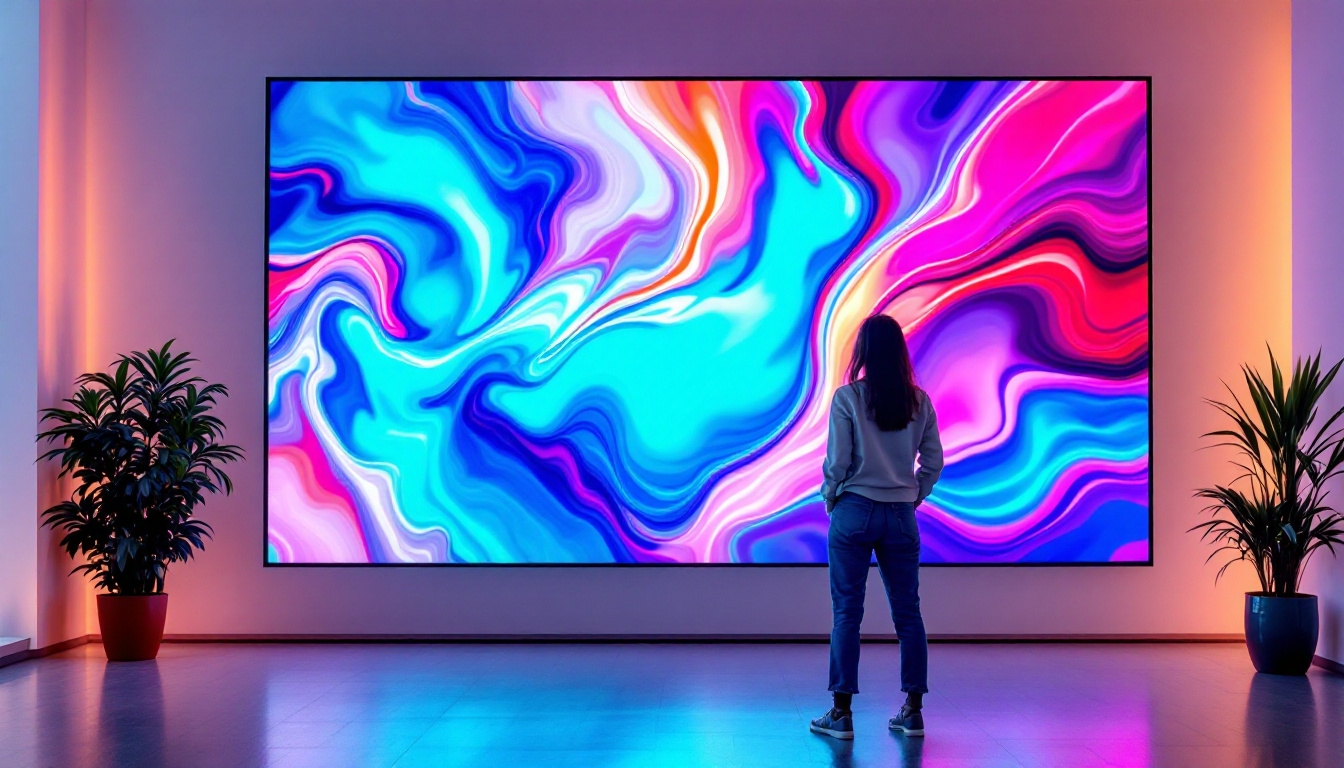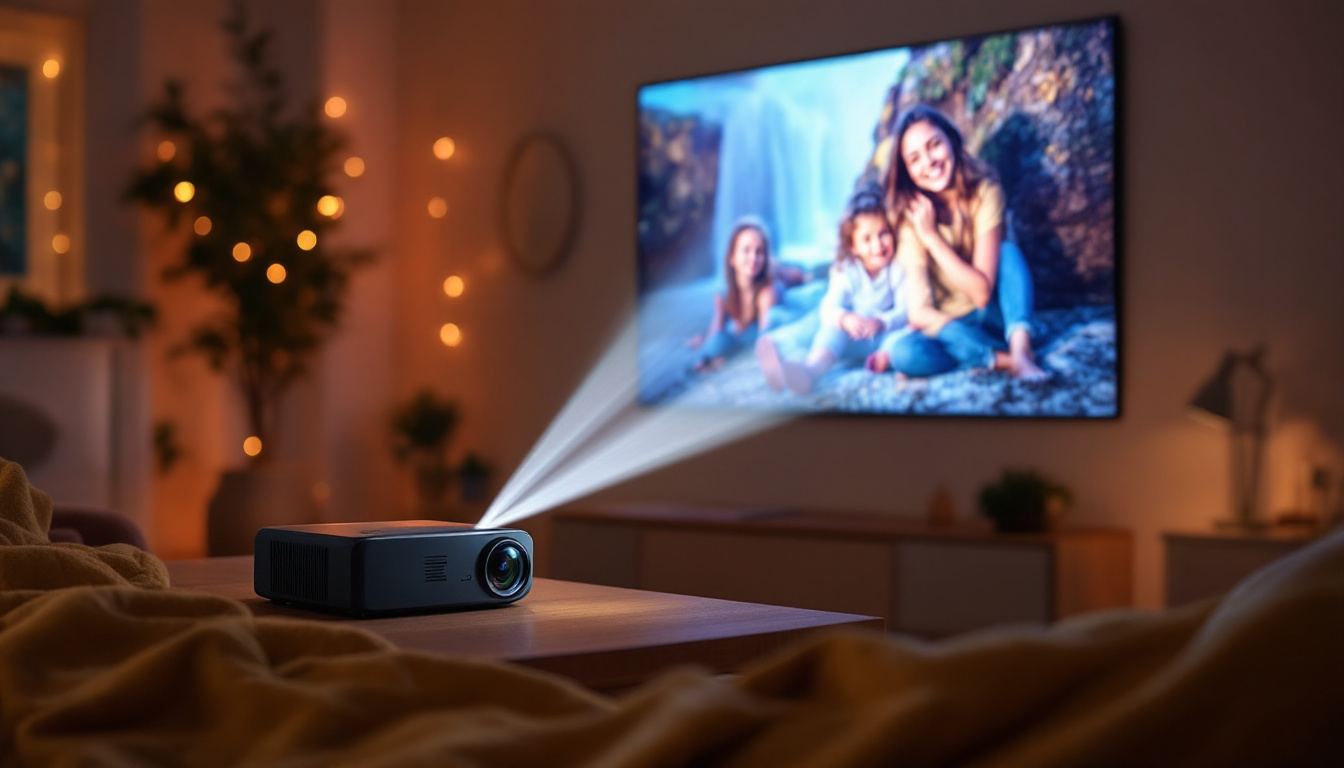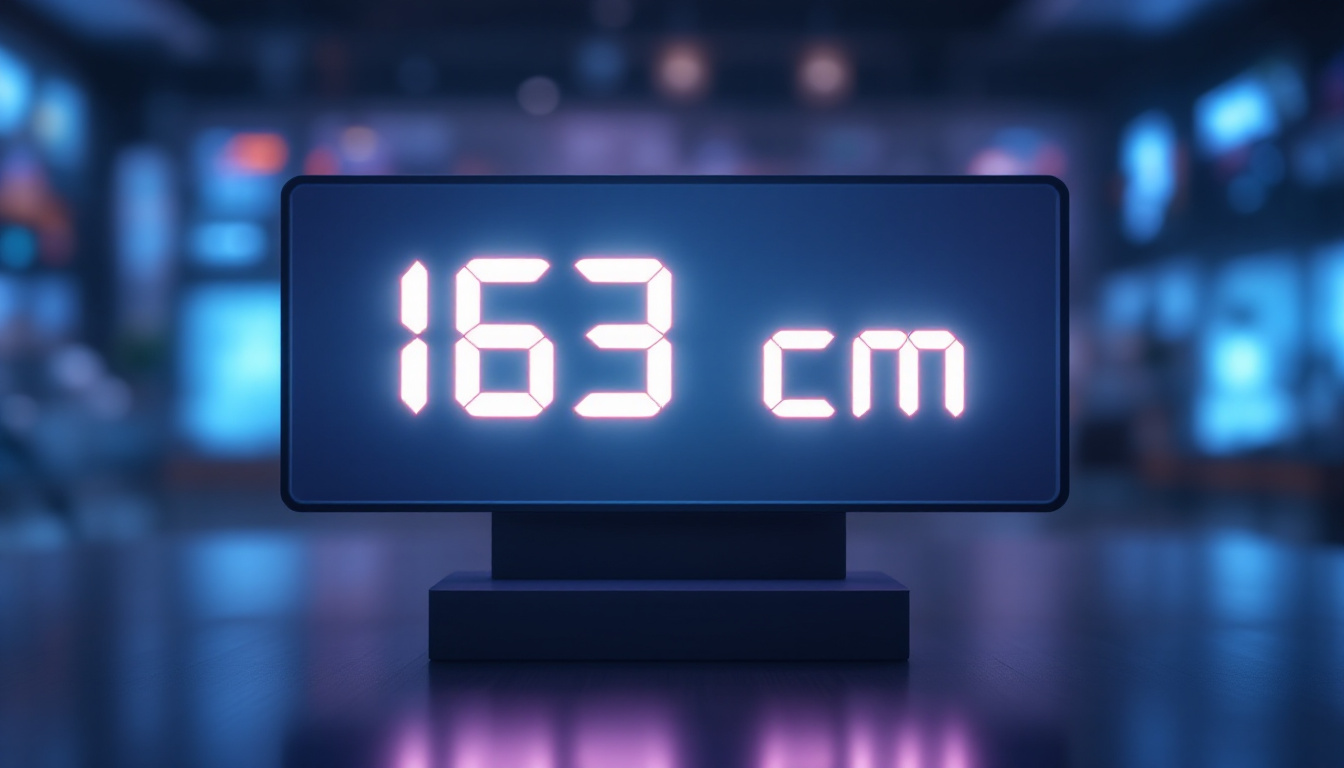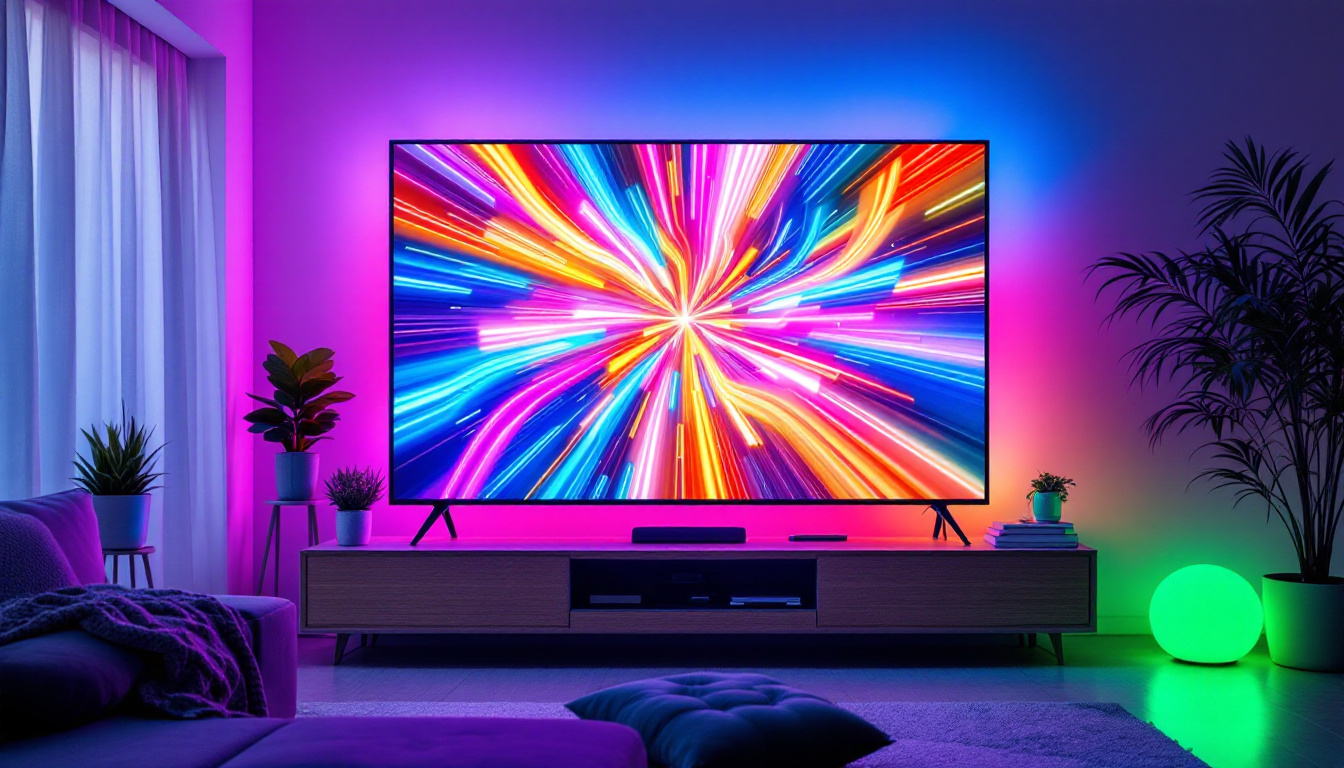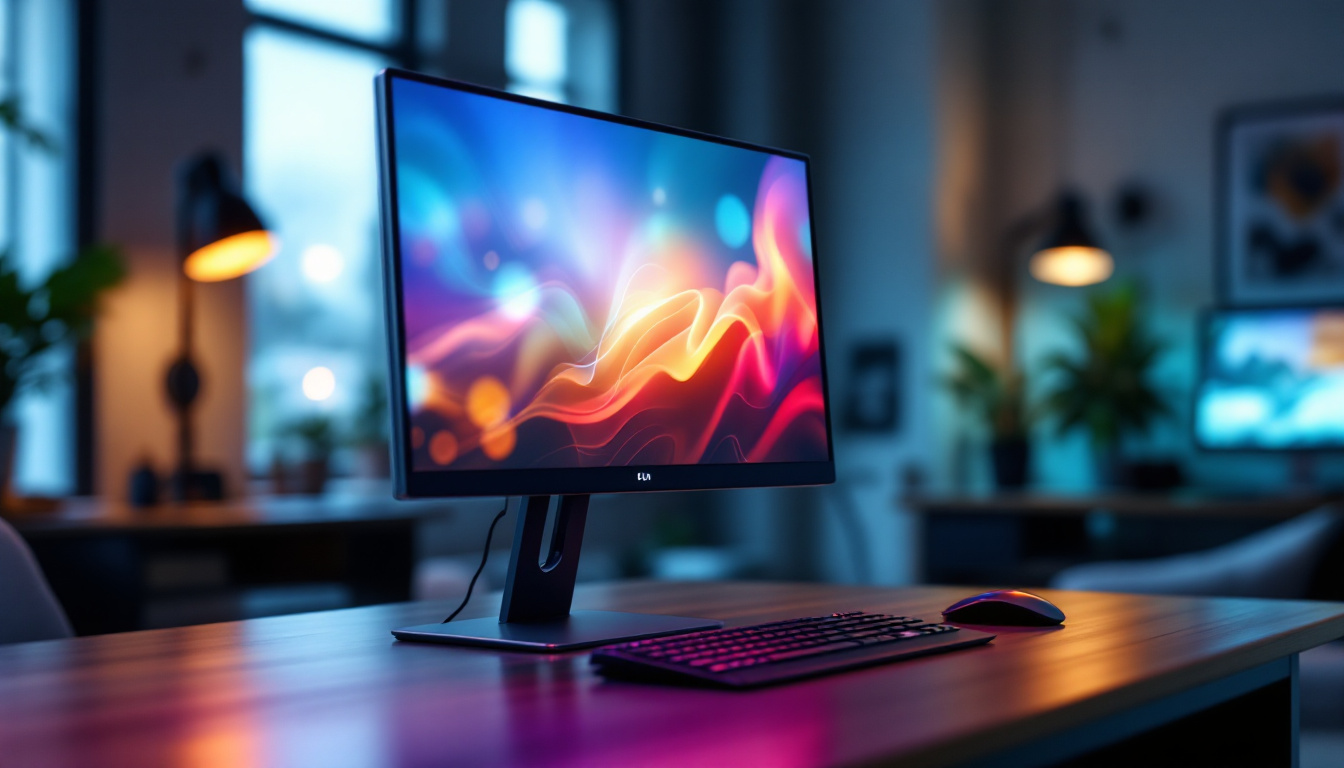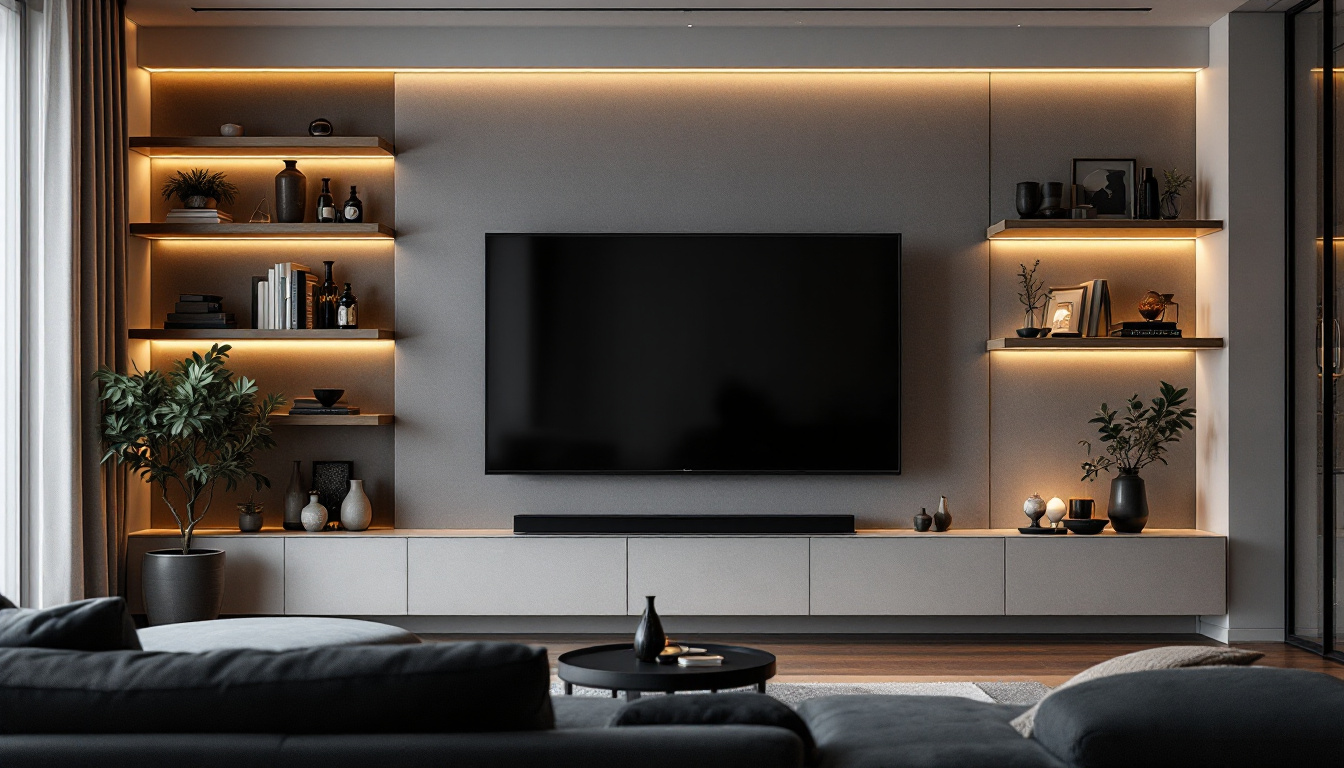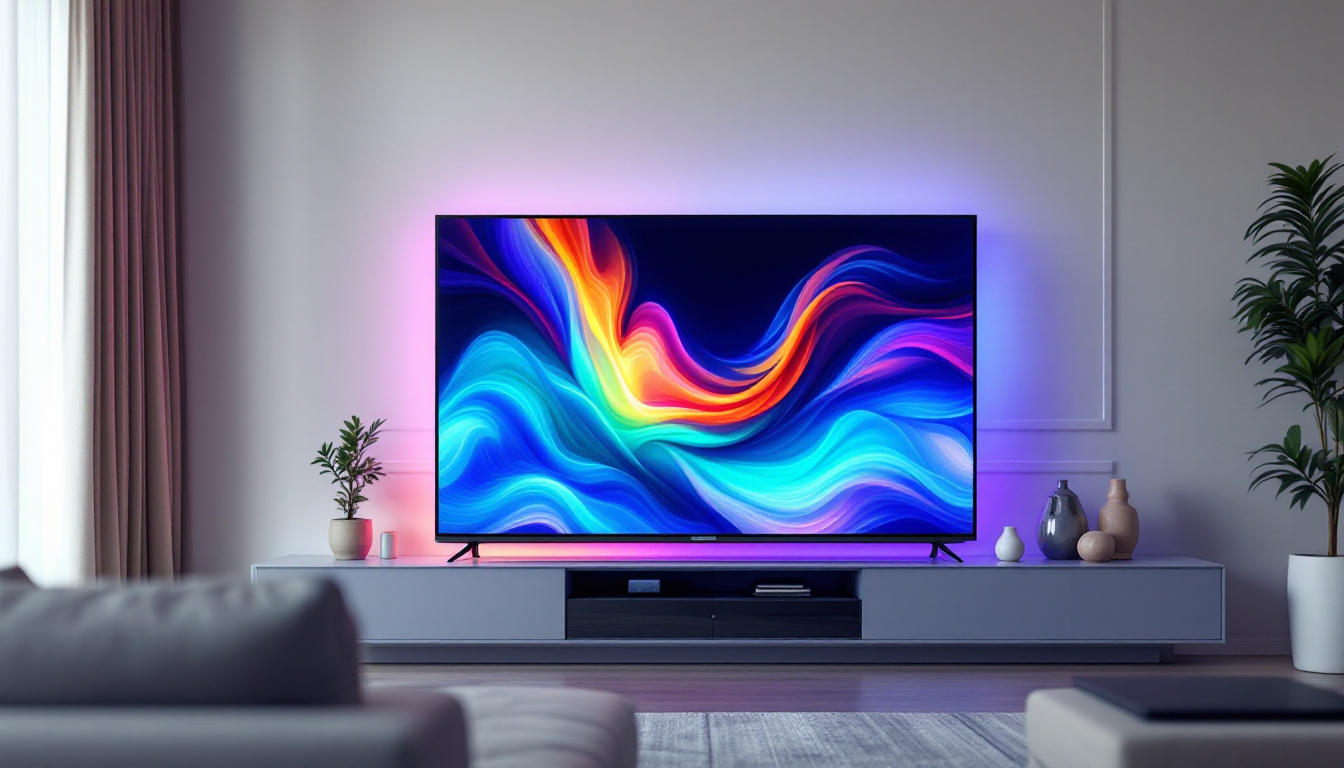Black TV Screen: LED Display Explained
In the ever-evolving world of television technology, LED displays have become a staple in households around the globe. However, many consumers are often left puzzled by the phenomenon of a black TV screen, particularly when it comes to understanding the intricacies of LED technology. This article aims to demystify the workings of LED displays, explore common issues related to black screens, and offer solutions to enhance your viewing experience.
Understanding LED Technology
Light Emitting Diode (LED) technology has revolutionized the way images are displayed on screens. Unlike traditional cathode ray tube (CRT) televisions, LED displays utilize a series of tiny diodes that emit light when an electric current passes through them. This technology not only allows for thinner screens but also improves energy efficiency and picture quality. The shift from CRT to LED has also paved the way for innovations in screen design, enabling manufacturers to create ultra-slim models that can be mounted on walls or fit seamlessly into modern living spaces.
How LED Displays Work
At the core of LED technology is the concept of backlighting. In most LED TVs, a matrix of LEDs is used to illuminate the screen from behind. This backlighting can be either edge-lit, where LEDs are positioned along the edges of the screen, or full-array, where LEDs are distributed across the entire back panel. Full-array backlighting typically results in better contrast and uniformity in brightness. Moreover, advanced local dimming techniques allow specific areas of the screen to dim or brighten independently, enhancing the overall dynamic range and making dark scenes appear more detailed and lifelike.
When it comes to color reproduction, LED displays utilize a combination of red, green, and blue (RGB) diodes. By adjusting the intensity of these colors, the screen can produce a wide spectrum of hues. This capability is crucial for delivering vibrant images and deep blacks, which are essential for an immersive viewing experience. Additionally, many modern LED displays incorporate technologies such as High Dynamic Range (HDR), which further expands the color palette and contrast levels, allowing viewers to enjoy a more realistic and captivating visual experience.
Types of LED Displays
There are several types of LED displays available on the market, each with its unique features and advantages. The most common types include:
- Standard LED: This is the basic form of LED technology, often featuring edge-lit backlighting.
- QLED: Quantum Dot LED technology enhances color accuracy and brightness by using quantum dots to improve the light emitted by the LEDs.
- OLED: While not strictly an LED technology, OLED (Organic Light Emitting Diode) displays offer superior contrast and color depth by allowing each pixel to emit its own light.
Understanding these different types can help consumers make informed decisions when purchasing a new television. Additionally, it’s worth noting that the choice of display technology can significantly impact the viewing experience based on the content being watched. For instance, gamers may prefer OLED for its rapid response times and deep blacks, while those who watch a lot of daytime television might opt for QLED, which excels in bright environments. As technology continues to evolve, the distinctions between these types of displays may further blur, leading to even more advanced options for consumers.
Common Causes of a Black TV Screen
A black screen on an LED TV can be frustrating and confusing. There are various reasons why this issue might occur, ranging from simple connectivity problems to more complex hardware failures. Identifying the root cause is essential to finding an appropriate solution.
Power Issues
The first step in troubleshooting a black screen is to ensure that the TV is receiving power. Check if the power indicator light is on. If it’s off, the TV may not be plugged in properly, or there could be an issue with the power outlet. It’s advisable to try plugging the TV into a different outlet or using a different power cable to rule out these possibilities.
Additionally, if the power indicator light is on but the screen remains black, it could indicate that the TV is in standby mode. In this case, pressing the power button on the remote or the TV itself may help. Sometimes, a simple reset can resolve temporary glitches, so unplugging the TV for a few minutes before plugging it back in can also be beneficial.
Input Source Problems
Another common reason for a black screen is an incorrect input source selection. Many modern TVs have multiple input options, including HDMI, USB, and AV. Ensure that the correct input source is selected on the TV. This can often be done using the remote control or the buttons on the TV itself.
If the correct source is selected and the screen remains black, try unplugging and re-plugging the device connected to the TV. Sometimes, simply restarting the connected device can resolve the issue. It’s also worth checking the cables for any signs of wear or damage, as faulty cables can lead to connectivity issues that manifest as a black screen.
Hardware Malfunctions
If power and input source have been ruled out, the problem may lie within the TV’s hardware. Issues such as a malfunctioning backlight or a failed circuit board can lead to a black screen. In such cases, professional repair services may be required. Attempting to fix hardware issues without proper expertise can lead to further damage.
Moreover, it’s important to consider that overheating can also contribute to hardware malfunctions. If the TV has been running for long periods or is placed in a poorly ventilated area, it may overheat and cause the screen to go black. Regular maintenance, such as cleaning the vents and ensuring adequate airflow, can help prevent such issues. If the TV is still under warranty, contacting the manufacturer for support can provide additional options for repair or replacement without incurring extra costs.
How to Troubleshoot a Black TV Screen
When faced with a black TV screen, there are several troubleshooting steps that can be taken to identify and resolve the issue. Following a systematic approach can save time and prevent unnecessary frustration.
Perform a Soft Reset
A soft reset can often resolve minor software glitches that may be causing the black screen. To perform a soft reset, simply turn off the TV, unplug it from the power source, and wait for about 60 seconds. After this, plug it back in and turn it on. This process can refresh the TV’s system and may restore functionality.
Check All Connections
Inspect all cables and connections to ensure they are secure and undamaged. Loose or frayed cables can lead to a loss of signal, resulting in a black screen. Pay special attention to HDMI cables, as they are commonly used for high-definition video and audio. If possible, try using a different cable to see if that resolves the issue.
Update Firmware
Outdated firmware can also lead to performance issues, including a black screen. Check the manufacturer’s website for any available firmware updates for your TV model. If an update is available, follow the instructions provided to install it. Keeping the firmware up to date can enhance performance and fix known bugs.
Preventative Measures for a Healthy LED Display
Taking proactive steps to maintain an LED display can help prevent issues like a black screen from occurring in the first place. Here are some effective strategies for keeping your TV in optimal condition.
Proper Ventilation
LED TVs generate heat during operation, and adequate ventilation is crucial to prevent overheating. Ensure that the TV is placed in a well-ventilated area, away from direct sunlight or heat sources. Avoid enclosing the TV in tight spaces, as this can restrict airflow and lead to overheating.
Regular Cleaning
Dust and debris can accumulate on the screen and internal components, potentially affecting performance. Regularly dust the exterior of the TV with a soft, dry cloth. For the screen, use a microfiber cloth specifically designed for electronics to avoid scratches. It’s also advisable to periodically check the vents for dust buildup and clean them gently.
Surge Protection
Power surges can cause significant damage to electronic devices, including TVs. Using a surge protector can safeguard your TV from sudden spikes in voltage. Investing in a quality surge protector can provide peace of mind and extend the lifespan of your television.
When to Seek Professional Help
While many black screen issues can be resolved through troubleshooting, there are times when professional assistance is necessary. Understanding when to seek help can save time and prevent further damage.
Persistent Black Screen
If the black screen issue persists after trying all troubleshooting steps, it may indicate a more serious problem. Issues such as a failing power supply, damaged circuit board, or malfunctioning display panel often require professional diagnosis and repair. Attempting to fix these issues without expertise can lead to further complications.
Warranty Considerations
Before seeking repairs, check if the TV is still under warranty. Many manufacturers offer warranties that cover certain repairs and replacements. If the TV is still covered, contacting the manufacturer or retailer for assistance can save money and ensure that repairs are handled correctly.
Professional Repair Services
When choosing a repair service, it’s essential to select a reputable technician with experience in LED displays. Look for reviews and recommendations to ensure quality service. A qualified technician can diagnose the problem accurately and provide effective solutions, restoring your TV to its full functionality.
Conclusion
Understanding LED display technology and the common issues associated with black screens can empower consumers to troubleshoot problems effectively. By taking preventative measures and knowing when to seek professional help, viewers can enjoy a seamless and immersive television experience. As technology continues to advance, staying informed about your devices will ensure that you make the most of your entertainment options.
In the fast-paced world of electronics, knowledge is power. Whether it’s a simple fix or a complex repair, being proactive can lead to a more enjoyable viewing experience and a longer lifespan for your LED television.
Explore Cutting-Edge LED Solutions with LumenMatrix
If you’re inspired to upgrade your viewing experience or enhance your brand’s visibility with the latest in LED display technology, look no further than LumenMatrix. As a pioneer in the field, LumenMatrix offers a diverse range of LED display modules, from vibrant Indoor and Outdoor LED Wall Displays to dynamic Vehicle and Sports LED Displays. Discover innovative solutions like LED Poster Displays, Floor LED Displays, and even Custom and All-in-One LED options designed to captivate and engage. Embrace the future of visual communication with LumenMatrix’s Transparent LED Displays and revolutionize the way you share your message. Check out LumenMatrix LED Display Solutions today and transform your space into a mesmerizing visual experience.

